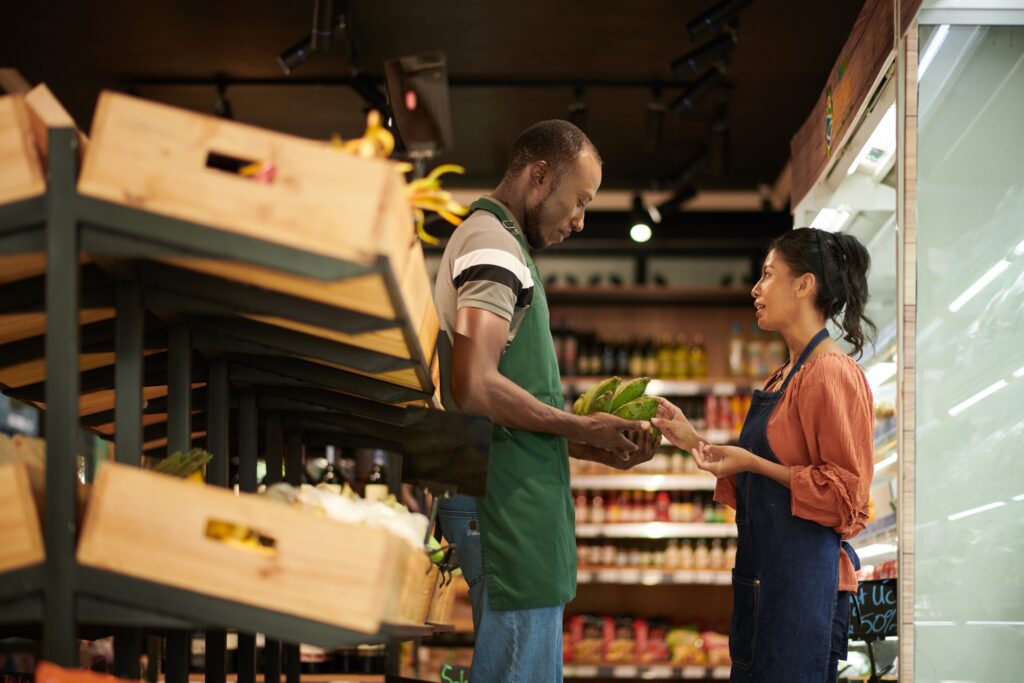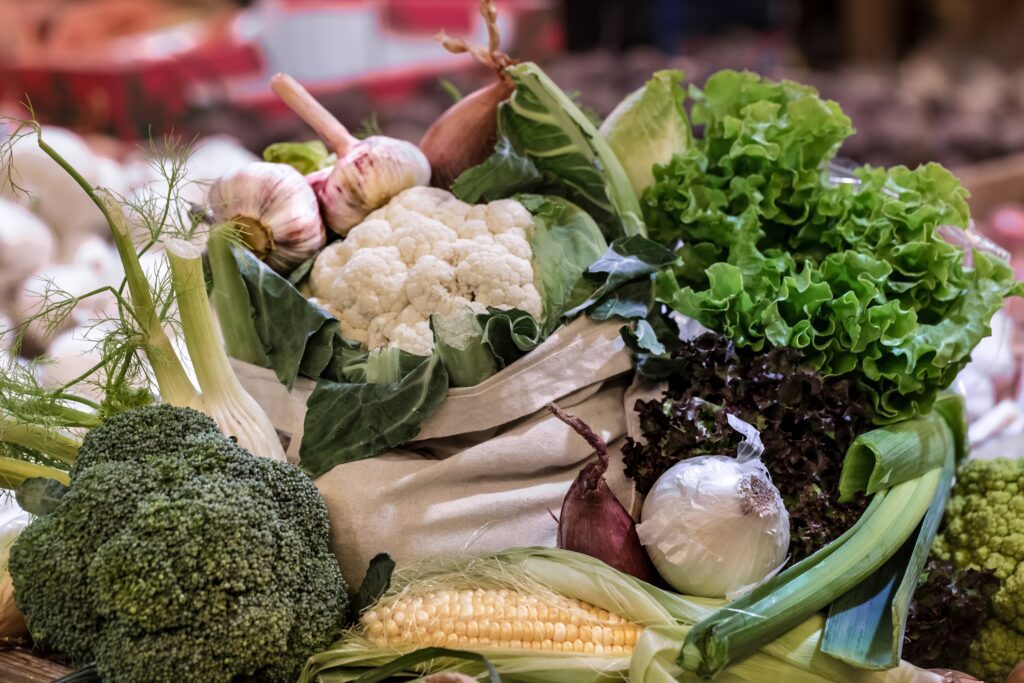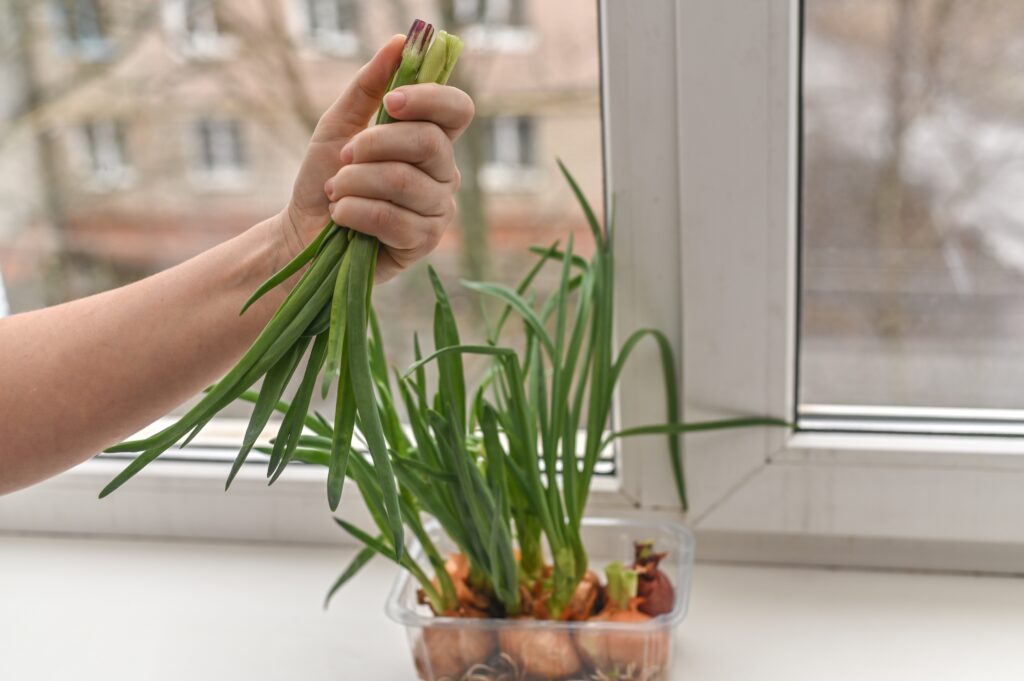It’s hard enough to save money on groceries in normal times. But now? We’re facing high inflation, plus a tariff war that’s adding extra pressure to food prices across the board. According to the U.S. Consumer Price Index, grocery costs have jumped dramatically over the past year.
And it’s not just China—new tariffs could soon affect foods imported from Canada and Mexico as well. That means staples like pork, chocolate, avocados, tomatoes, strawberries, cucumbers, cheese, and even maple syrup might go up in price at stores like Costco and Walmart. Some shoppers are already starting to stock up on these items before costs rise.
But don’t worry—there are still practical ways to save money without becoming an extreme couponer. Here’s how:
1. Plan a Budget and Stick to a List

Impulse buying is one of the easiest ways to overspend. Planning your meals for the week and sticking to a detailed grocery list helps you avoid unnecessary purchases. Shoppers who use lists consistently save more over time.
Tip: Use curbside pickup or delivery apps to avoid wandering through aisles and grabbing extras.
2. Be Aware of Imported Items That Could Rise in Price

With the latest round of tariff tensions, some foods from Canada and Mexico might soon cost more. These include:
- Avocados, Tomatoes, Strawberries, Cheese, Pork, Cucumbers, Chocolate, Maple Syrup
- Some paper products and vegetable oil are also on the list
If these are staples in your kitchen, consider buying now and freezing or preserving what you can. For example, strawberries freeze well for smoothies, and cheese can be grated and frozen for later use.
3. Maximize Grocery Store Rewards Programs

Many stores offer loyalty programs that give you members-only pricing or digital coupons. Chains like Kroger, Safeway, Target, and even smaller local stores often have apps that let you clip coupons directly.
Be sure to check your rewards account before heading to the store—these discounts can add up fast.
4. Shop Online for Select Items
For things like spices, rice, and snacks, check online retailers like Amazon. Be mindful, though—tariffs may affect imported foods, so compare unit prices. For example, if chocolate prices rise due to tariffs on Canadian and Mexican products, online bulk deals may no longer be cheaper.
5. Follow Sales and Shop at Multiple Stores
Take advantage of weekly ads and promotions. Don’t be afraid to split your grocery run between stores. Aldi might have the best deals on produce one week, while Target has discounts on dairy.
6. Buy in Bulk and Split with Others

Warehouse clubs like Costco or Sam’s Club offer bulk pricing, which is great for items with a long shelf life. If a full pack is too much, split with a neighbor or friend.
7. Compare Unit Prices
Always check unit pricing (per ounce, pound, or liter). Sometimes the larger size is cheaper—but not always. This is one of the easiest ways to make smarter purchases.
8. Choose Store Brands
Many store brands are made by the same manufacturers as name brands, just with different labels. Try switching for basics like canned beans, cereal, or snacks.
9. Get Groceries Delivered to Save on Gas
Delivery services like Instacart or Walmart+ can save on gas, especially if you live far from stores. Look for promo codes or join during free trial periods to avoid fees.
10. Buy Seasonal Produce

In-season fruits and vegetables are cheaper and fresher. In spring and summer, stock up on berries and leafy greens. In fall, go for squashes, apples, and root vegetables.
11. Regrow Vegetables from Scraps

Green onions, lettuce, and celery can regrow from the base in just water. It’s a small but satisfying way to cut down on waste and save money.
12. Buy Frozen Fish and Seafood

Frozen seafood is often just as nutritious as fresh and significantly cheaper. Great for shrimp, salmon, and even scallops—especially when tariffs impact imports.
Final Thoughts
Groceries are getting more expensive, and with global trade tensions rising, things could get worse before they get better. By planning ahead and adjusting how and where you shop, you can still keep your food budget under control—even during a tariff war.